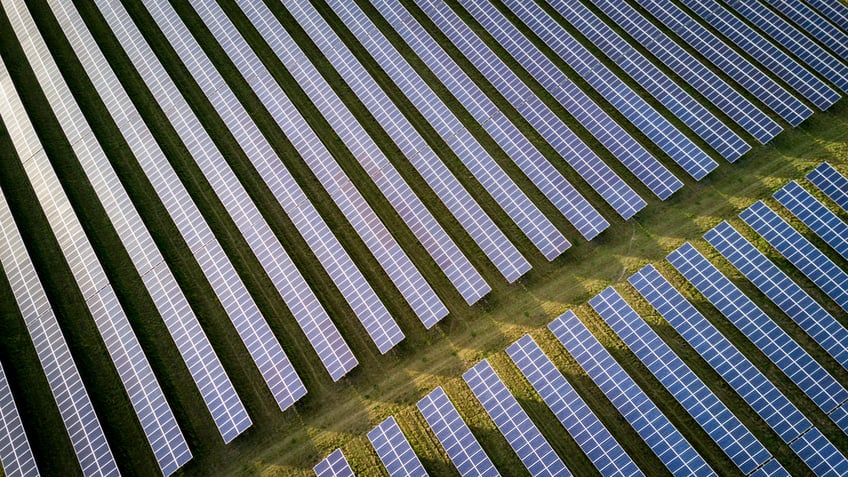Solar and Battery Incentives: What Changed in January 2023?

There is a positive outlook for the US solar industry in 2023, since rising electricity prices have increased the value of onsite generation. The Inflation Reduction Act also introduced major improvements for the Solar Investment Tax Credit: some changes were effective immediately when the Act was published in August 2022, while others were applied until January 2023. A technology-neutral tax credit will replace the solar and energy storage incentives after 2024, available for all types of clean generation and energy storage projects.
Get a professional solar PV system design. Qualify for financial incentives and reduce your electricity bills.
The most important change introduced after December 2022 is the separation of the solar tax credit and the energy storage tax credit. Previously, only stand-alone solar PV and solar + storage systems would qualify, and there was no incentive for stand-alone energy storage.
How the Energy Storage Tax Credit Changed in January 2023

Up until December 31, 2022, energy storage systems would only qualify for the federal tax credit if paired with onsite solar generation. In other words, a stand-alone battery would not qualify. The requirements were slightly different for residential and business-owned installations:
- Residential energy storage was only eligible for the ITC if the system received 100% of its charge from an onsite renewable energy system.
- Business-owned energy storage was only eligible if receiving at least 75% of its charge from onsite renewables.
This restriction has now been lifted. Starting from January 1, 2023, the 30% federal tax credit is available for residential and business-owned energy storage systems, regardless of how they are charged. This means stand-alone batteries getting 100% of their charge from the grid are now eligible. There is a new requirement, which is much less restrictive than the previous renewable charging condition:
- Residential energy storage systems must have at least 3 kWh of capacity to qualify.
- Business-owned energy storage systems must have at least 5 kWh of capacity.
The new energy storage tax credit is especially useful for high-rise buildings without enough roof space for solar panels. Before 2023, a stand-alone energy storage system used to reduce demand charges and avoid peak kWh prices was not eligible. With the limited roof space available in high-rise buildings, installing enough solar panels to reach the 75% charging requirement is not feasible. Now these battery systems are eligible for the 30% ITC, which means their ROI has been increased and their payback period has been shortened.
Did the Solar Federal Tax Credit Change?

The solar ITC was increased from 26% to 30% and extended through 2034. Unlike the new energy storage tax credit, which became available until January 2023, this change was applied immediately when the Inflation Reduction Act was passed (August 2022). The energy storage ITC and the solar ITC were separated in January, but the incentive rate for solar power was not affected in any way.
The new 30% federal tax credit changes how solar panel systems are depreciated under the Modified Accelerated Cost Recovery System (MACRS). The system cost eligible for accelerated five-year depreciation is calculated as follows:
- Depreciable basis = 100% of solar PV system costs - 50% of the federal tax credit
Since the previous tax credit was 26%, you could depreciate 87% of the solar PV system value (100% - 13%). Now that the ITC has been increased to 30%, the depreciable basis has decreased slightly to 85% (100% - 15%).
NOTE: This article is intended to be informative, and not as tax advice. We recommend contacting a Certified Public Accountant (CPA) to ensure your paperwork is correct when claiming tax credits or writing off solar PV system depreciation.
The New Production Tax Credit for Solar Power
The Inflation Reduction Act gives nonresidential solar owners the option of claiming a Production Tax Credit (PTC) instead of the 30% Investment Tax Credit. The PTC rate available as of January 2023 is the following:
- 2.75 cents/kWh for projects under 1 MW AC.
- 2.75 cents/kWh for projects over 1 MW AC starting construction before January 29, 2023.
- 0.55 cents/kWh for projects over 1 MW AC starting construction after January 29, 2023.
Unlike the 30% ITC which is calculated upfront, the PTC is reviewed each year based on inflation rates. In other words, the ITC is a more predictable incentive, since it depends on solar PV system costs at the time of construction.

Michael Tobias
Michael Tobias, the Founding Principal of NY Engineers, currently leads a team of 150+ MEP/FP engineers and has led over 4,000 projects in the US
Join 15,000+ Fellow Architects and Contractors
Get expert engineering tips straight to your inbox. Subscribe to the NY Engineers Blog below.

